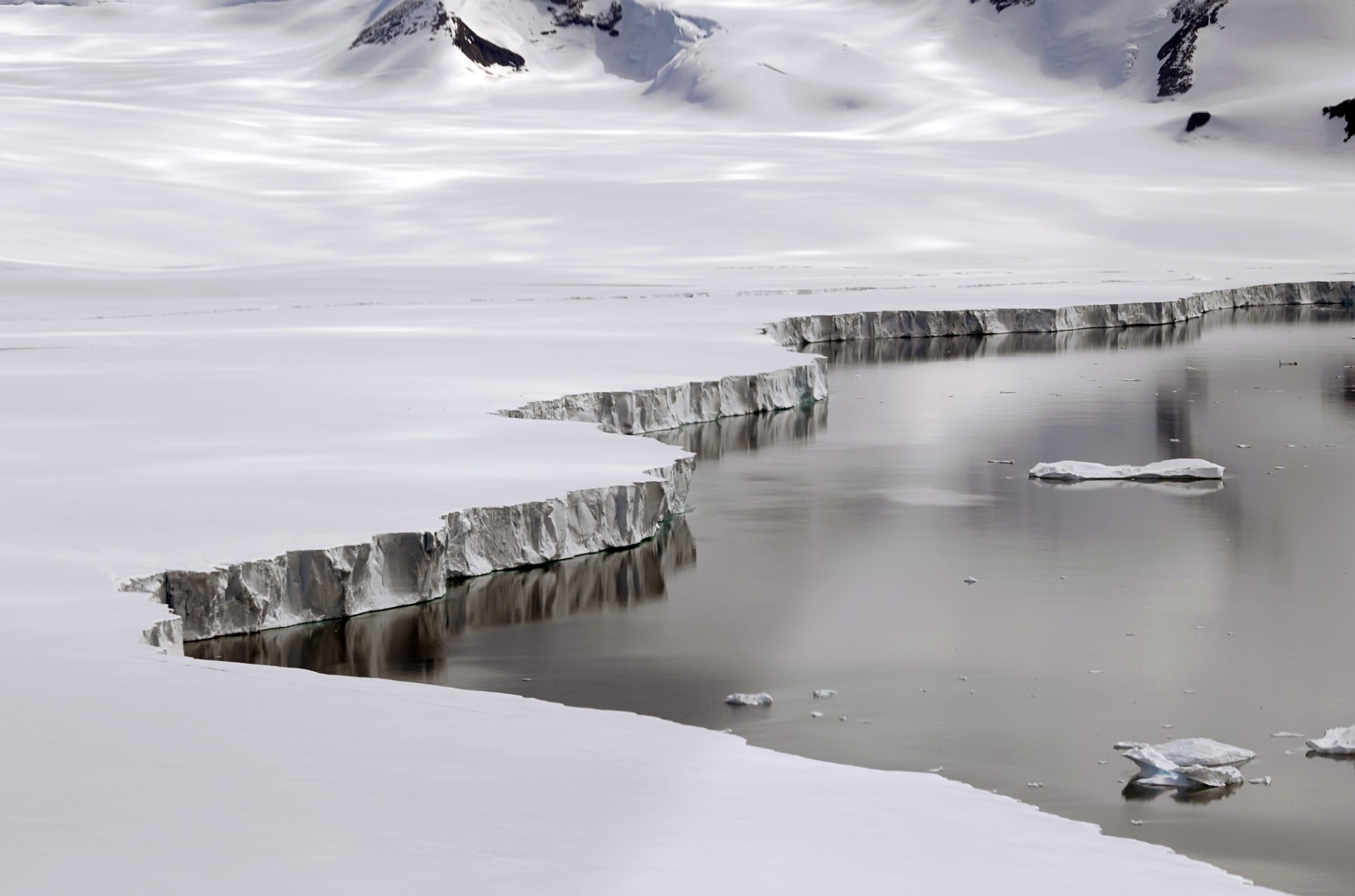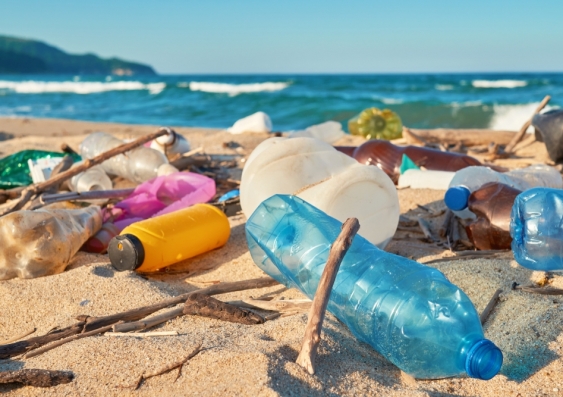A new study reveals how ocean biology and marine pollution can end up on Antarctica’s shoreline.
Antarctica’s unique ecosystems could be threatened by the arrival of non-native marine species and marine pollution from Southern Hemisphere landmasses, new oceanographic modelling shows.
In a study published today in Global Change Biology, scientists from UNSW Sydney, ANU, University of Otago and the University of South Florida suggest that floating objects can reach Antarctic waters from more sources than previously thought.
“An increasing abundance of plastics and other human made debris in the oceans means there are potentially more opportunities for biota to reach Antarctica,” says lead author Dr Hannah Dawson, who completed the study as part of her PhD at UNSW, and is now based at the University of Tasmania.
Non-native species – including a range of small marine invertebrates – can reach Antarctica by catching a ride on floating objects like kelp, driftwood, pumice, and plastic. Previously, scientists thought these species only drifted from remote and unpopulated islands in the Southern Ocean. However, this new research suggests they can reach the Antarctic coastline from all southern continents.
“We knew that kelp could raft to Antarctica from sub-Antarctic islands, such as Macquarie and Kerguelen Islands, but our study suggests that floating objects can reach Antarctica from much further north, including South America, New Zealand, Australia, and South Africa,” says Dr Dawson.
Co-author Professor Crid Fraser from the University of Otago says that kelp could deal a potential double whammy blow to Antarctica’s marine ecosystem.
“Southern bull kelp and giant kelp are very big – often more than 10 m long – and create forest-like habitat for a lot of small animals, which they can carry with them on the long rafting trips to Antarctica,” she says.
“If they colonise Antarctica, marine ecosystems there could change dramatically.”
Imagine dropping a stick into a river and then running downstream to see where it ends up – that’s essentially what we do with our modelling, using simulated ocean currents, instead of a river.
Southern Ocean modelling
Using modelled surface current and wave data from 1997 to 2015, the team tracked the movement of floating debris from various Southern Hemisphere land sources toward Antarctica, providing valuable new insight into the frequency and pathways of marine dispersal.
“We were able to analyse how frequent these rafting connections are by simulating dispersal pathways across 19 years of differing oceanographic conditions,” ANU co-author Dr Adele Morrison says.
“We found that rafting objects reached the Antarctic coastline in each of the years simulated. There seems to be a constant bombardment of anything that floats – whether it’s kelp or a plastic bottle.”
Dr Dawson likens the computer modelling process to the game ‘Poohsticks’ from the children’s classic Winnie the Pooh.
“Imagine dropping a stick into a river and then running downstream to see where it ends up – that’s essentially what we do with our modelling, using simulated ocean currents, instead of a river.”
“We released millions of virtual particles – representing drift objects – from each of the source land masses and modelled their trajectories across 19 years of estimated surface ocean currents and surface waves. After running the simulations, we were able to see where they would likely end up.
“The shortest time it took for particles to reach the Antarctic coastline was from Macquarie Island, south of New Zealand, some of which arrived in just under 9 months. On average, the longest journey was for objects released from South America,” she says.
Warmer waters
The research also sheds light on which regions of the Antarctic coastline are most at risk to non-native species arrivals.
“Most of these rafting objects arrive at the tip of the Antarctic Peninsula, a region with relatively warm ocean temperatures and often ice-free conditions. These factors make it a likely area for non-native species to first establish,” says UNSW Scientia Professor Matthew England, who is also a co-author.
The dramatic drop in Antarctic sea ice over the last couple of years makes these rafting connections particularly concerning.
“Sea ice is very abrasive and so acts as a barrier for many non-native species to successfully establish around Antarctica,” Dr Dawson says.
“If the recent decline in Antarctic sea ice continues, then living things floating at the surface, or attached to floating objects, could have an easier time colonising the continent, which may have big impacts on ecosystems.”
Related stories
-

Antarctic heat, wild Australian winter: what’s happening to the weather and what it means for the rest of the year
-

The past holds the key to future Antarctic melting
-

Life's a beach: finding trends in marine debris across Australia
-

Ocean forests: how floating mangroves could provide ecological and social benefits




